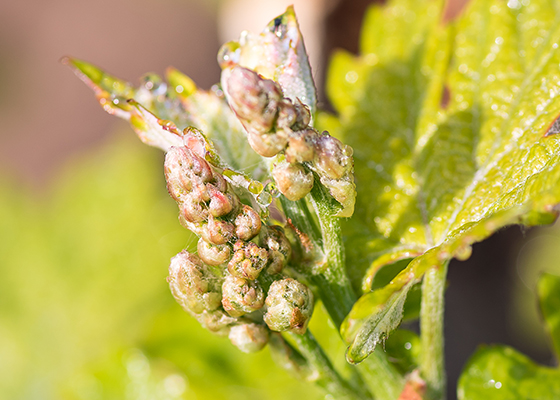After a very long and wet winter and spring, the vineyards are waking up from their dormancy. During the winter, the bare vines have been pruned to preserve the shape of the vine and determine the number of buds that will bear fruit for the coming vintage.
Little flecks of green spread throughout the vineyard to signal the start of the annual growth season. The soil begins to warm around this time of year, and osmotic forces push water up from the root system, containing organic acids, hormones, minerals and sugars. The tiny buds that are left behind during pruning begin to swell and sprout green shoots, and eventually grape leaves with miniature grape clusters.
The timing of budbreak holds considerable importance. If budbreak occurs too early, the young shoots may be vulnerable to frost damage during spring. However, if budbreak occurs too late, the grapes may not have enough time to fully ripen before harvest. It typically happens between mid-March and mid-April, depending on how cold the winter has been and the amount of rainfall that has occurred during the winter months.
All in all, budbreak is a hopeful event. It marks the beginning of a season of growth, and the beginning of the new vintage for our family winery.


